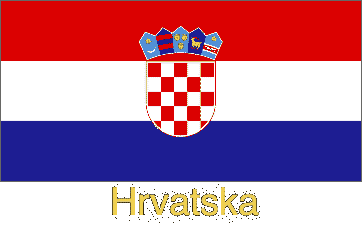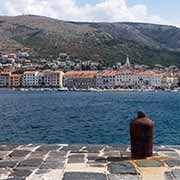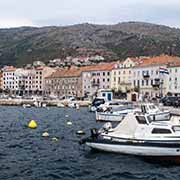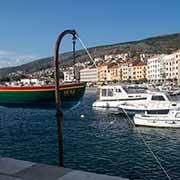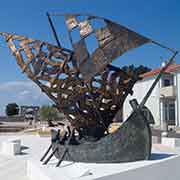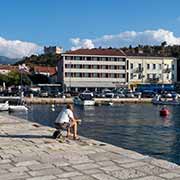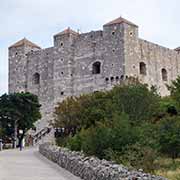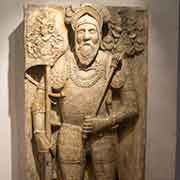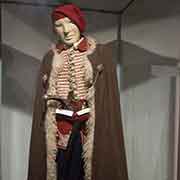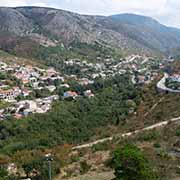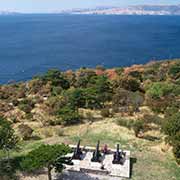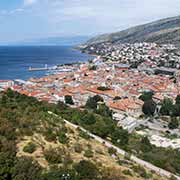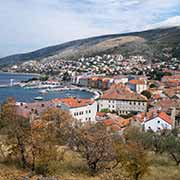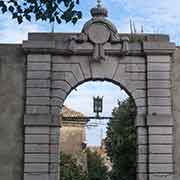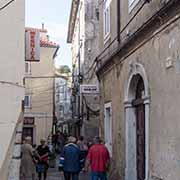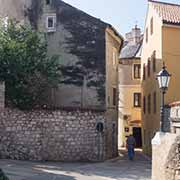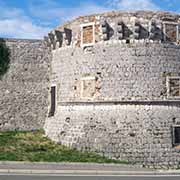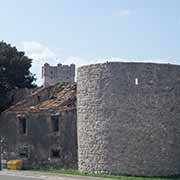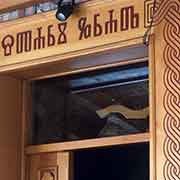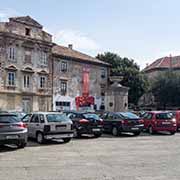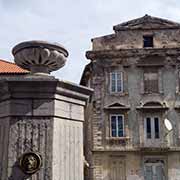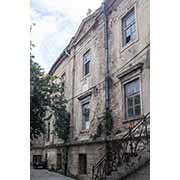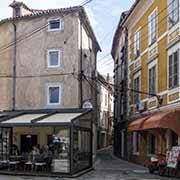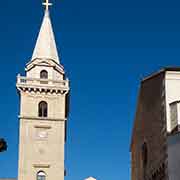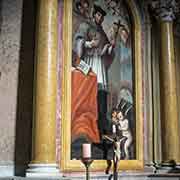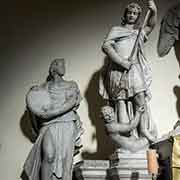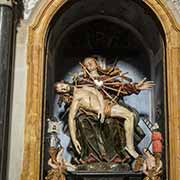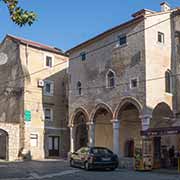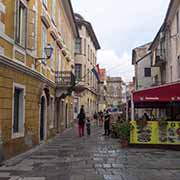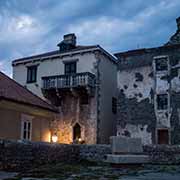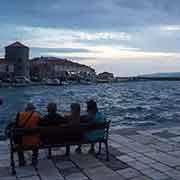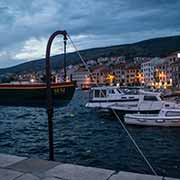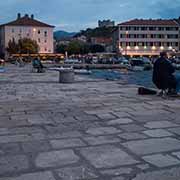Photos of Senj, a fortified town, Croatia
Senj, a fortified town
Senj is an old town on the upper Adriatic coast, in the foothills of the Mala Kapela and Velebit mountains. Its symbol is the Nehaj Fortress, dating from 1558, on the hill with the same name, overlooking the town.
you may then send it as a postcard if you wish.
The Nehaj Fortress (Tvrđava Nehaj, from the Croatian term Ne hajati, Don't care) was finished in 1558. It was built on the remains of ruined churches, monasteries and houses, which were situated outside Senj's walls. It is 18 metres tall and 23 metres wide, square-shaped, with walls averaging 2 to 3 metres in thickness. It is now a museum.
The fortress was built in 1558 by Croatian army general Ivan Lenković, a captain of the Uskoks, irregular soldiers who lived in this region. Bands of Uskoks fought a guerrilla war against the Ottomans; they had swift rowing boats, and because they were rarely paid for their services, they also resorted to acts of piracy. Eventually, the whole city of Senj lived from piracy!
The old city has the remains of its Kaštel (Castle), 16th-century fortifications with large towers. In front of the Senj City Museum is a memorial to the Glagolitic script, the oldest known Slavic alphabet, generally agreed to have been created in the 9th century by Saint Cyril. There are examples of this ancient script on the pews of the Co-Cathedral of the Assumption of the Blessed Virgin Mary, built in 1169; heavily damaged in bombardments in 1943 during the Second World War, it was rebuilt.


